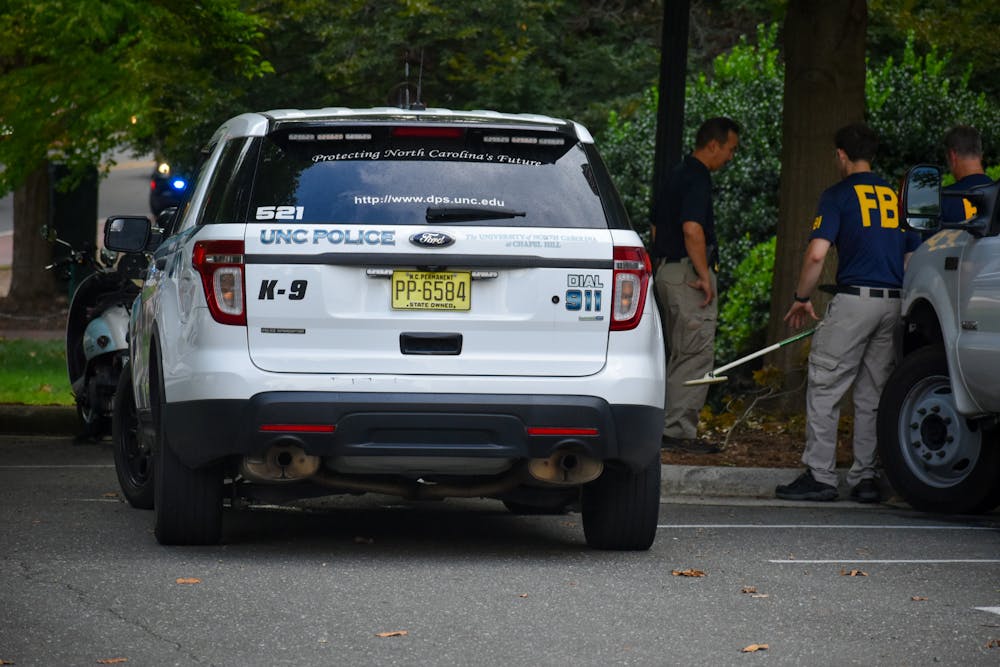At a press conference about five hours after the shooting on the University’s campus, UNC Police Chief Brian James confirmed his forces had initially detained the wrong person.
“That was based on, just a description we were given of the suspect and that person being in close proximity of the incident,” James said.
Wrongly detained because he “fit the description” – we’ve heard that before.
In the press conference, James said they “very quickly” determined he wasn’t the suspect, but it didn’t feel that quick to us, especially when his face was circling on the news and around social media. It was terrifying for us, and we can only imagine what it felt like to him.
We watched blurry footage of his arrest from our locked-down classrooms and then we heard rumors of his handcuffs being taken off, but we don’t know his name, what he was doing or if he’s okay now.
All we really know is that he fit the description – an Asian male in a gray shirt – and he was in the wrong place at the wrong time.
As a community, we need to remember him, as well as what his detainment foreshadowed. His wrongful detainment began the cycle of racism and misinformation that has plagued conversations about our campus surrounding this tragedy.
James did not bring up the fact that law enforcement handcuffed the wrong person on his own – a question from a reporter prompted him to admit this. And we haven’t heard anything else about the wrongful detainee since. Neither the police nor the University have apologized publicly, and they should.
About 90 minutes into the lockdown, UNC Police released a picture of a different man on X. They didn’t give a name, just that he was a person of interest in the “armed and dangerous person situation.”



